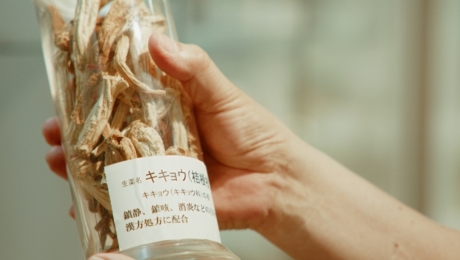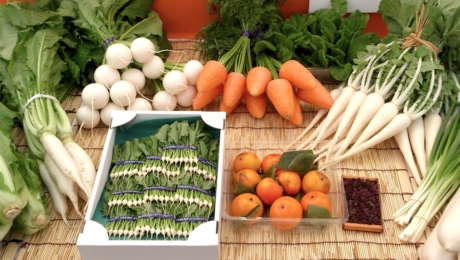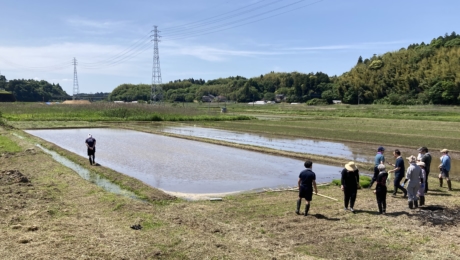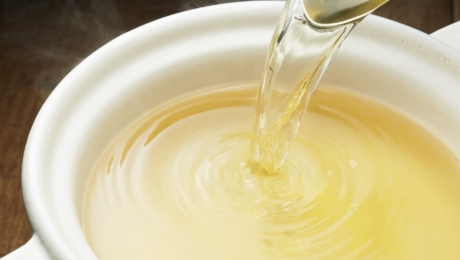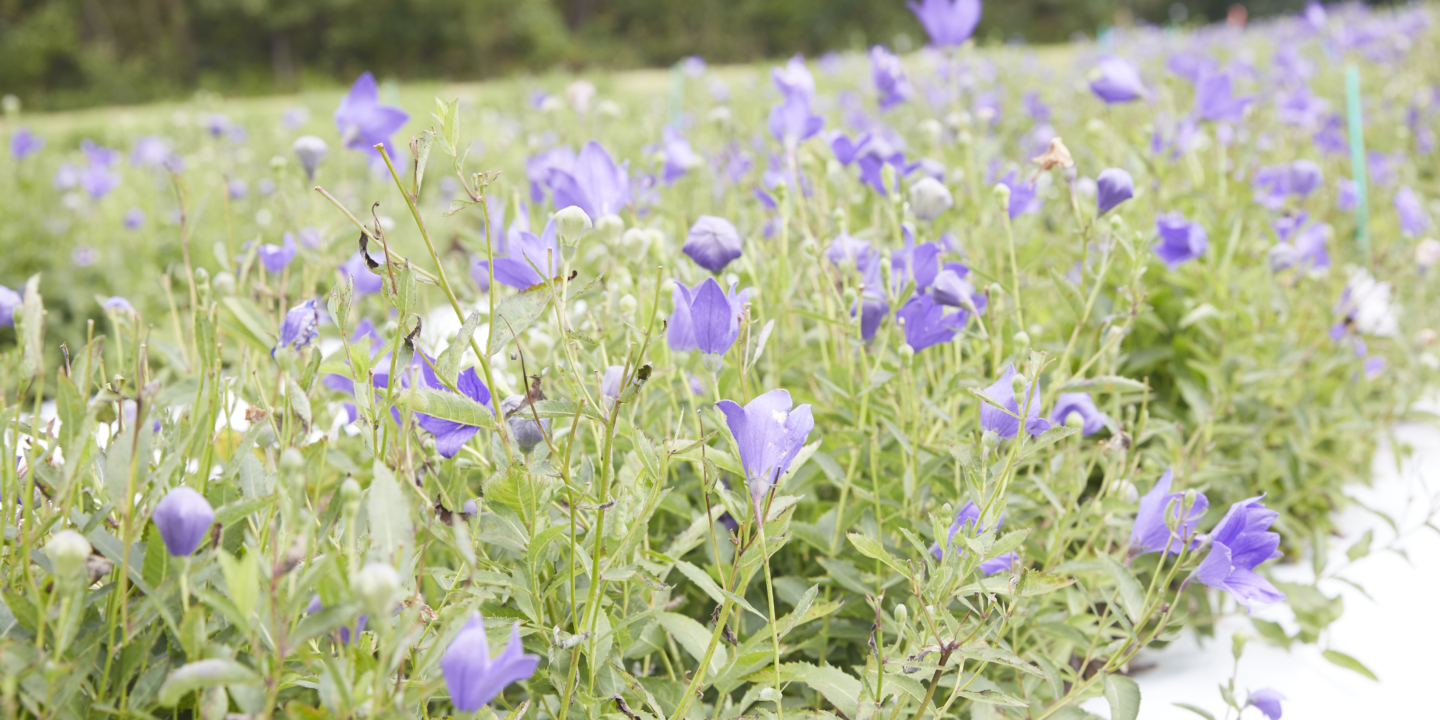
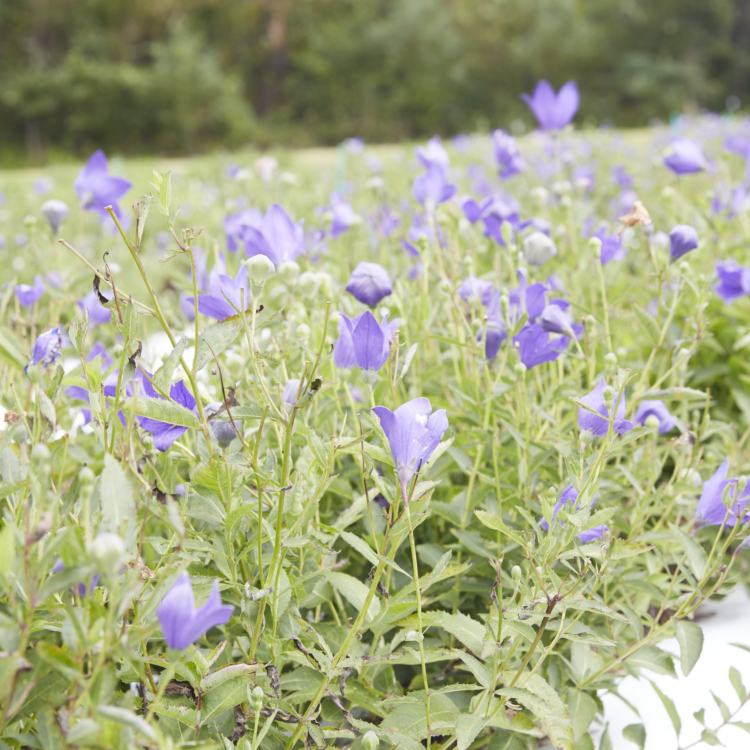
Learn self-medication and live a lively and comfortable life.
2024.03.25
FOODSince the global outbreak of the new coronavirus, people have become increasingly aware of their health. In this day and age, self-medication is in greater demand. Self-medication” is defined by the WHO as “taking responsibility for one’s own health and treating minor physical ailments by oneself.
It’s about getting in shape by thinking of a health regimen that suits you according to your age and physical condition,” says Daisaku Suetsugu, a member of the Tokyo Crude Drugs Association.
The Tokyo Crude Drug Association, which focuses on activities to secure superior crude drugs and their promotion, has focused on the promotion of self-medication since its early days, since its establishment in 1953.
In Japan, the word “Youjyo”(regimen) has existed since the Edo period (1603-1868). It means to keep hygiene and promote health, which today is called health care. This is exactly what self-medication is. In today’s life, it is important to prevent illness and take care of one’s health condition by taking care of one’s own health condition on a daily basis, improving one’s lifestyle, and exercising moderately. And when you catch a cold or suffer a minor injury, you should take advantage of Over-The-Counter (OTC) drugs and herbal medicines available at drugstores to treat yourself and prevent serious illnesses from developing. This also applies to self-medication.
The bottom line is that you must take care of your own health first. Of course, depending on the situation, it may be necessary to seek medical care.
However, the current situation is that Japan’s medical expenses in FY2022 are estimated to be 46 trillion yen, and they are increasing year after year and reaching record highs. Considering this, treating minor symptoms (to the extent possible) on your own first will lead to lower overall medical costs.
The practice of self-medication has the merit of helping each individual acquire health management habits and knowledge of medicine and medical care, thereby saving the time and effort of visiting a medical institution. In addition, the practice of self-medication can lead to a reduction in the overall increase in medical costs for the nation as a whole.
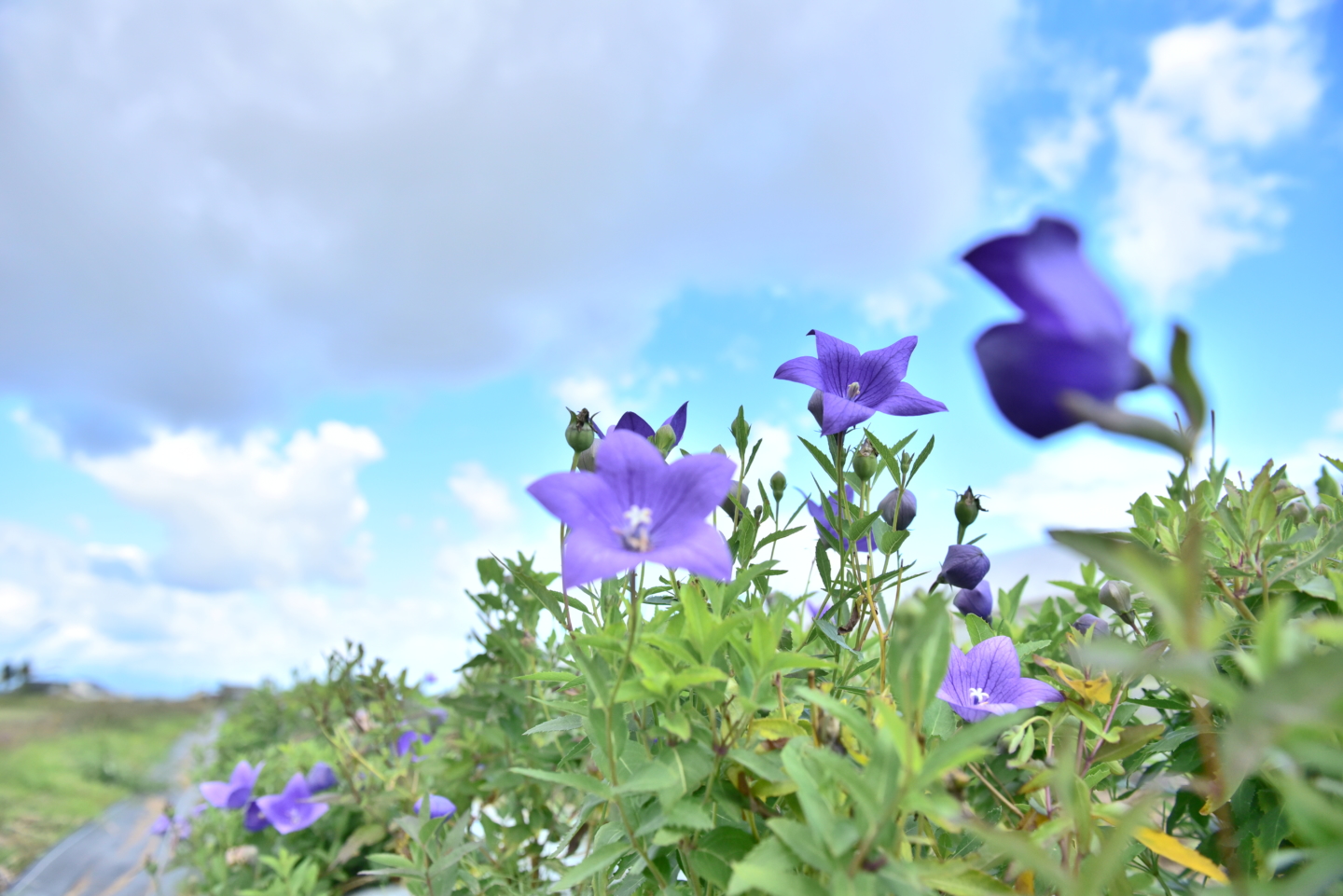
The Tokyo Crude Drug Association also conducts the “Domestic Cultivation of Medicinal Plants and Animals Project”to promote the domestic cultivation of medicinal plants used in over-the-counter medicines and crude drug preparations. This project has been conducted since 2014 in cooperation with local governments, whereby medicinal plant cultivation advisors are dispatched to selected cultivation areas in Japan to provide cultivation guidance and seeds and seedlings. Currently, the program is being implemented in five cultivation areas in Japan, including Akita Prefecture.
“Unlike ordinary agricultural crops, the medicinal herbs we cultivate are used for pharmaceutical purposes, so it takes a certain amount of time before we can produce herbs that meet the standards for crude drugs. ) We have to start with trial cultivation, try several times, and only when we are satisfied with the results do we start full-scale cultivation, which naturally does not lead to immediate income in the meantime.”
Nevertheless, Suetsugu says that the business of cultivating medicinal plants is a rewarding one because it is in the public interest.
One of the reasons for this is “revitalization of agriculture.” With the number of farmers going out of business and the number of abandoned farmlands increasing nationwide, the cultivation of medicinal plants is attracting attention as a means of revitalizing agriculture, and a government subsidy program has been launched in 2013. As a result, local governments and farmers across the country are showing increasing interest in the cultivation of medicinal plants, saying, “We would like to try it at home,” or “We would like to convert our crops to medicinal plants.
Kenji Tanaka of the association also said that domestic cultivation has advantages in terms of “risk management of crude drug procurement.
The supply of herbal medicines used as raw materials for pharmaceuticals currently relies on imports for about 90% of its supply, and about 90% of that is from China. However, in recent years, the price of Chinese products has been rising and the quality of the products has varied, making instability of supply a problem. In order to solve these problems, we believe that it is worthwhile to cultivate domestically produced herbal medicines in the future, rather than relying solely on China. Another issue is “quality. By cultivating herbal medicines domestically, we can ensure the traceability of the production history, such as “where”, “who produced it”, and “whether or not pesticides and fertilizers were used”. This is a very important factor for consumers to feel secure in using herbal medicines. This is a great advantage in terms of ensuring that consumers can use medicines with peace of mind, as well as in terms of securing quality herbal medicines of excellent quality. Since the charter of the Association stated in its founding prospectus that the Association’s mission is to “stably secure high-quality crude drugs and improve their quality,” we have made it our mission to realize this mission, and we have continued to support projects to increase the domestic production rate of medicinal plants and animals, which is in line with the Association’s philosophy.
In fact, to date, the company has cultivated at seven locations in Japan. Two of these sites (in Shibata City, Niigata Prefecture, and Takahama Town, Fukui Prefecture) are now ready to cultivate and ship medicinal plants on a continuous basis, and are able to do business with pharmaceutical manufacturers, so the association terminated the project, claiming that it had achieved its objectives. At present, the association is continuing its business in five locations.
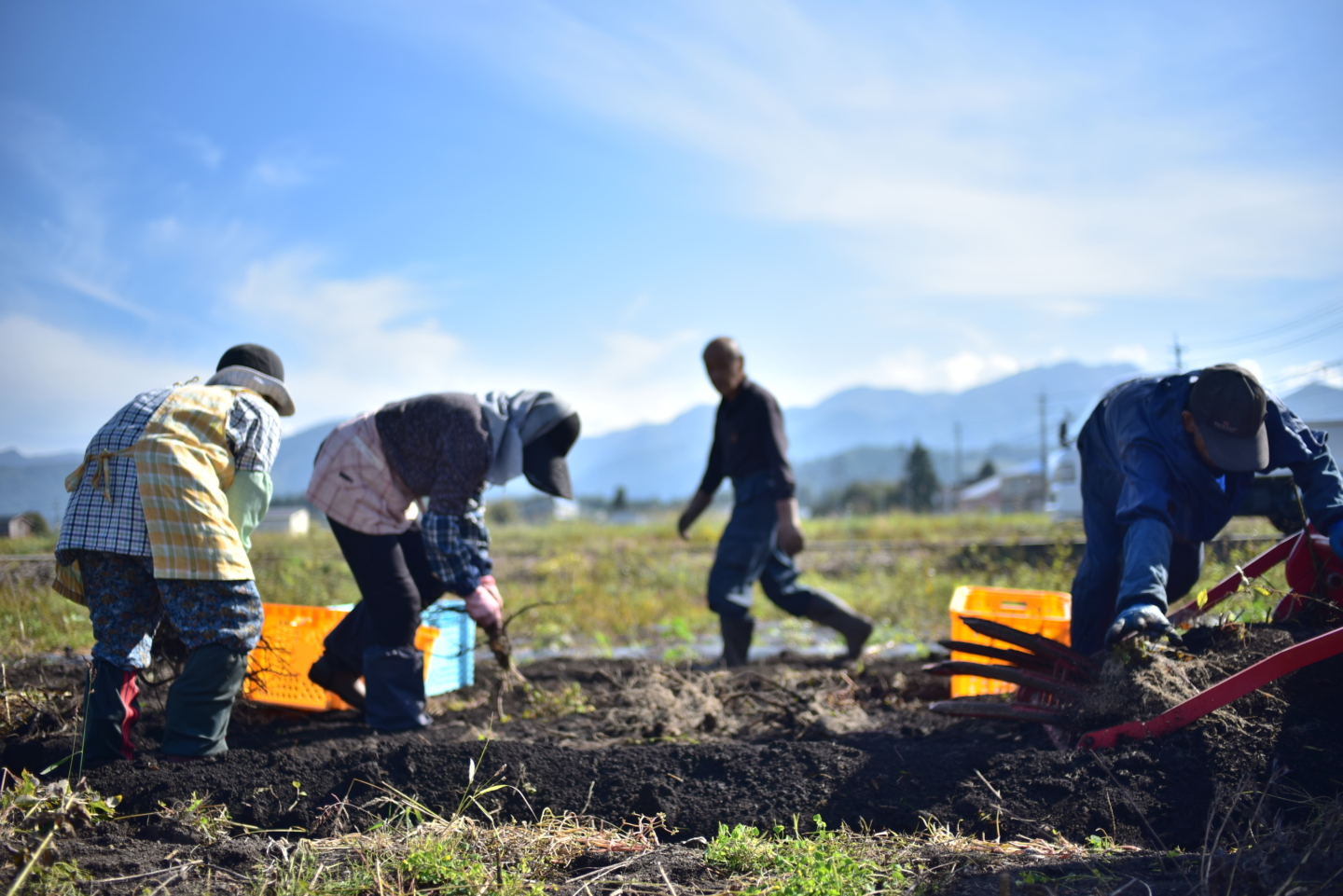
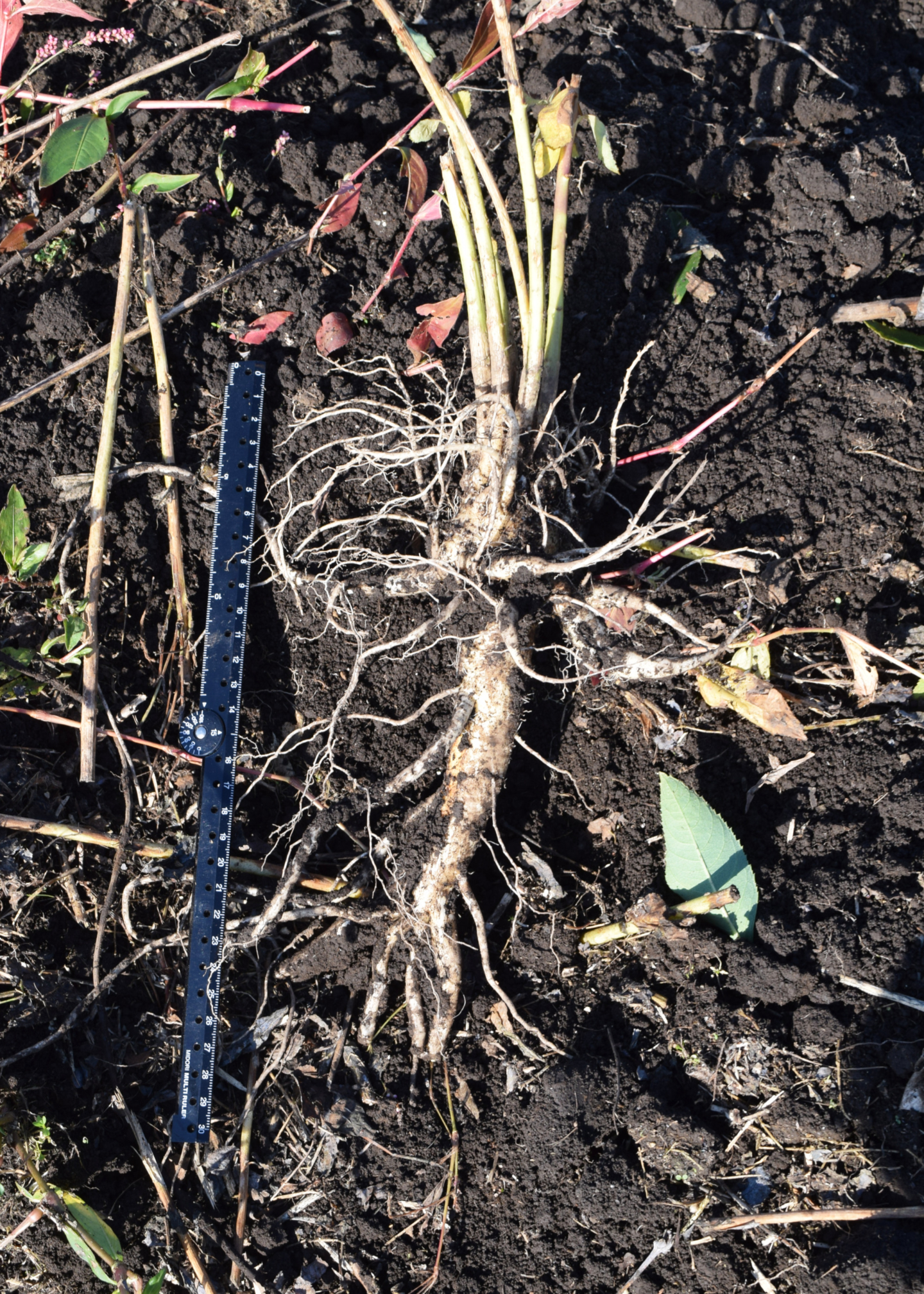
There has been some happy news in recent years in the medicinal cultivation business.
In Misato Town, Akita Prefecture, we have been cultivating mainly Kikyo(Chinese bellflower)for the past 10 years, but last year, we were able to harvest licorice for the first time. Glycyrrhiza grows mainly in arid regions such as northeastern China and central Asia, and is difficult to cultivate in Japan, where it rains, so there has been virtually no domestically grown Glycyrrhiza until now. Since we import about 1,600 tons of Ganzou from China every year, we had been trying for many years to produce it domestically, but had not been able to achieve success. Finally, we succeeded in Misato Town. In the future, if possible, we would like to expand this to a national scale and expand the area where Kanzo is cultivated. It may take a few years, but we want to do our best.
There are high hopes for the future of domestic medicinal herb cultivation.


